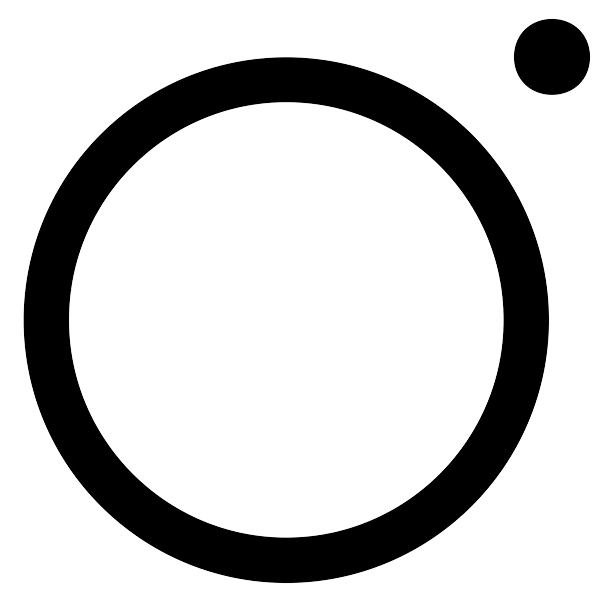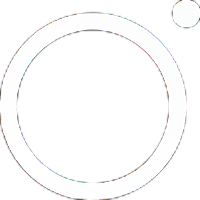Over the Influence is pleased to present Hysteria, the second solo exhibition at the gallery of American artist Cleon Peterson.
Hysteria constitutes something of a departure for Peterson, who is widely recognized for his depictions of monstrous, brutish authoritarian figures dispensing cruelty and violence on one another. In paintings, prints, sculptures, multiples and murals, Peterson has developed a distinctive graphic style through which he describes a psycho-social landscape riven by fear, violence, power and submission.
The new work in Hysteria reflects the evolution that has taken place both in Peterson’s thinking over the recent turbulent months and also throughout the nation at large. In the lead up to the Presidential Election, with political propaganda proliferating and ideologues drowning out nuance and reason, Peterson moved beyond the formal and conceptual binaries of his earlier work to create pictures that embody the confusion, anger, repulsion, and horror in our present moment.
“I feel like we’re living in a new medieval period,” Peterson says. “We have a plague, and folklore and mythology are influencing us more than rational thought.”
His 2018 exhibition at Over the Influence, Blood and Soil, adhered to the black and red aesthetic of Fascist propaganda that was codified in Europe in the lead up to the Second World War, drawing deliberate parallels between those histories of societal debasement and the hyperbolic and increasingly violent state of contemporary American discourse.
In place of those red, white and black compositions, in which battle is often waged between two visually interchangeable foes, Peterson’s new paintings seem inflected with a weariness and a malaise. Yellow – a color associated with sickness, deceit, poison, fear, and danger – replaces red. The scenes described in these works are more scatological, abhorrently grotesque, perversely sexual and theatrically cruel than ever before. Textual inscriptions along the edges of the canvases – a new innovation for Peterson – suggest endless tickertapes of ironic commentary on the images they envelop.
In Hysteria, Peterson is particularly influenced by historical depictions of monsters, from horror movies to Gothic fiction and to Classical mythology. Monsters, he observes, have traditionally operated as reflections of the aspects of ourselves we least like to acknowledge. Monsters typically fuse contradictory ideas: self and other, for example, or human and non-human, living and dead. They are impure, but also always somehow ambiguous in status.
Today’s monsters are created less in movie special effects departments than in the sphere of social media, where public figures on all sides of the political divide are shaped by a blend of second-hand evidence, allegation, rumor, supposition and outright fiction into demons as comfortingly appalling as any monster dreamt up by a Victorian novelist. The parallel universe of the digital mediascape is both exaggeratedly unreal and alarmingly consequential in our lives. As the population either fumbles towards overdue social reform or jerks fearfully away from it, a seemingly endless parade of bogeymen is manufactured to satisfy people’s will to define themselves in contradistinction to what they are not. Meanwhile, there persists the suspicion that real monsters, more powerful and amoral than any in the public eye, operate invisibly and unaccountably in the background, circumscribing our choices and desires.
This is the context against which Peterson’s visions sear themselves into our consciousness. If Peterson is an artist for America’s unfinest hour, his work – which might at first seem so caustic and extreme – serves as a quasi-realist mirror of our decline, and a sobering warning of what may lie ahead.





